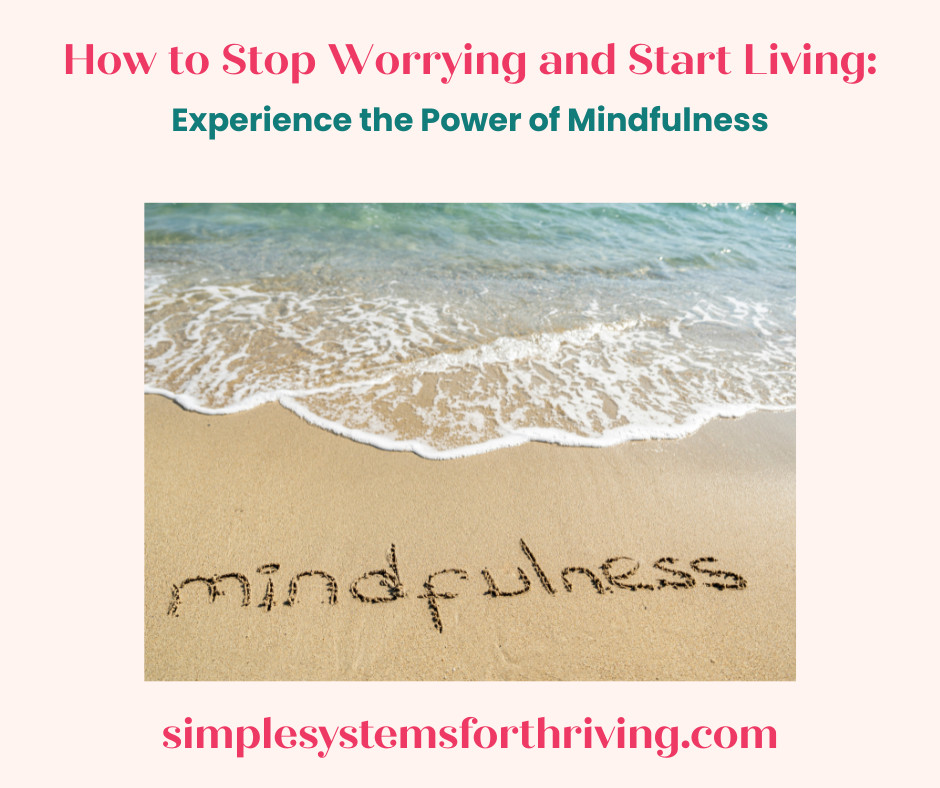
When I first discovered the practice of mindfulness, I was a busy mom with toddlers. My life felt like an endless cycle of caring, nurturing, and organizing—yet there was something about those small children that taught me an invaluable lesson in mindfulness. Toddlers approach the world with an awe-inspiring curiosity and wonder, seeing each mundane detail as a fascinating experiment. Whether it was observing their surprise as a cup tipped over and milk splashed everywhere or watching their eyes light up as they discovered the texture of rain on their skin, I found myself learning the beauty of living in the moment through their innocent eyes.
As adults, we often lose this childlike curiosity. We get caught in assumptions and predictable patterns—familiar reactions like when a cup tips over, we expect the chain reaction: milk spills, the cup crashes, and we're left with a mess to clean up. But toddlers? They're mesmerized by the sensation, the unexpectedness, the novelty. Imagine if we, too, could reawaken this sense of wonder in our daily lives.
Enter the practice of mindfulness—a state of open attention to the present moment. Mindfulness encourages us to observe our thoughts and feelings without judgment, allowing us to remain fully engaged with life as it unfolds. By resetting our focus to this present state, we can quiet the constant chatter of our minds, curbing fears and anxieties while making space for what's truly important in life.
Incorporating mindfulness into your daily routine is both simple and transformative. A technique I love to share, whether in yoga classes or massage sessions, is a basic breathing exercise that's both easy and effective. Even better, it can be practiced anywhere!
Mindful Breathing Exercise
1. Find a Quiet Spot: Start by finding a quiet space where you feel comfortable. If you're at work or home, a bathroom can serve as your refuge when other spaces are unavailable.
2. Counting Your Breaths: Silently count each breath cycle, beginning with one and counting up to ten, then back down to zero. Each count includes a full cycle of inhalation and exhalation.
3. Focus on Sensations: Keep your attention primarily on the physical sensations of your breathing. Feel the air as it enters your lungs and notice the gentle release as you exhale.
This simple practice allows you to return to a state of calm and presence even amidst the chaos of daily life. As you practice more frequently, mindfulness becomes a natural response rather than a deliberate act. I noticed this transformation myself; the more I practiced, the less I consciously needed to do so—I carried the calm within me everywhere.
For those moments when life's stresses and worries start to feel overwhelming, remember that your breath is an anchor you can return to at any time. My children are familiar with this technique, having witnessed it countless times as I built my mindfulness habit. Having embraced these mindful moments, I found a profound sense of peace and resilience in everyday experiences.
Embrace mindfulness as a tool not only to stop worrying but to start truly living—like a child discovering the world anew. Recharge your spirit, release your stress, and let the simplicity of the present moment guide you to a more abundant, joyful life.
Rooted in simplicity, blooming in abundance, thriving together. Let's explore this journey—mindfully and purposefully—connected by our shared potential to open our hearts to the wonder of each moment.
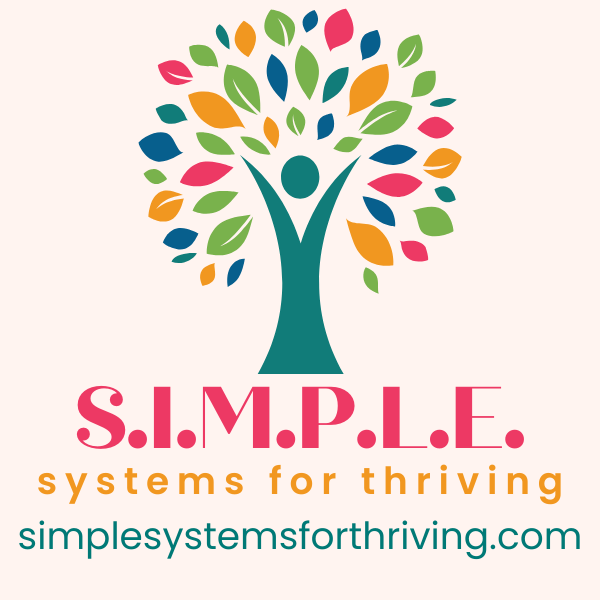

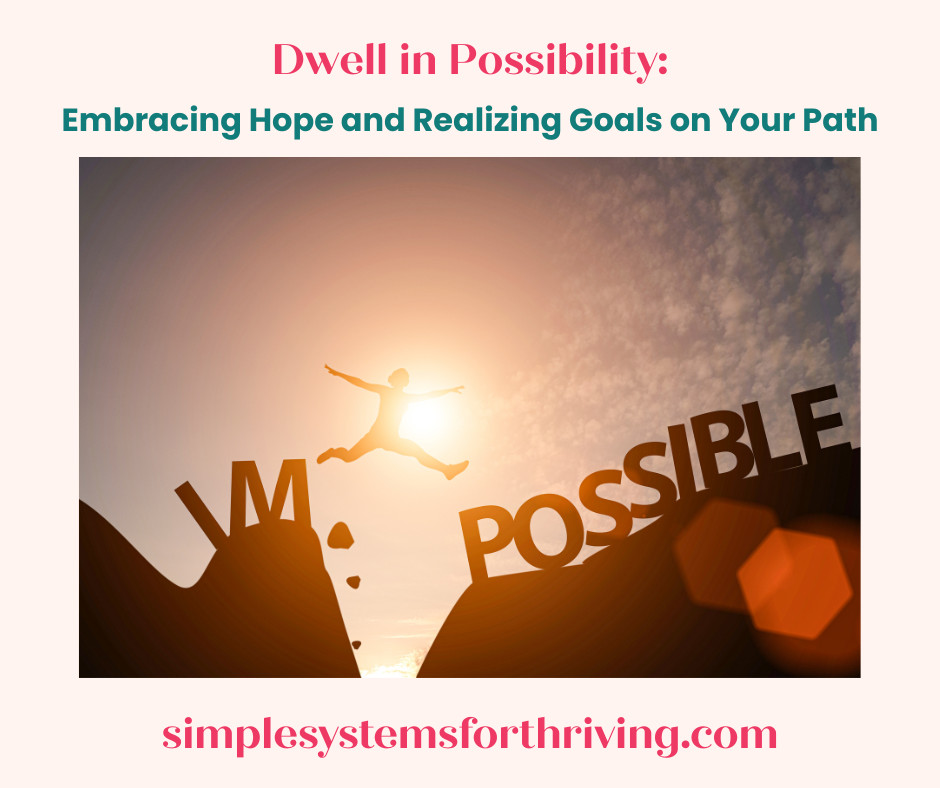
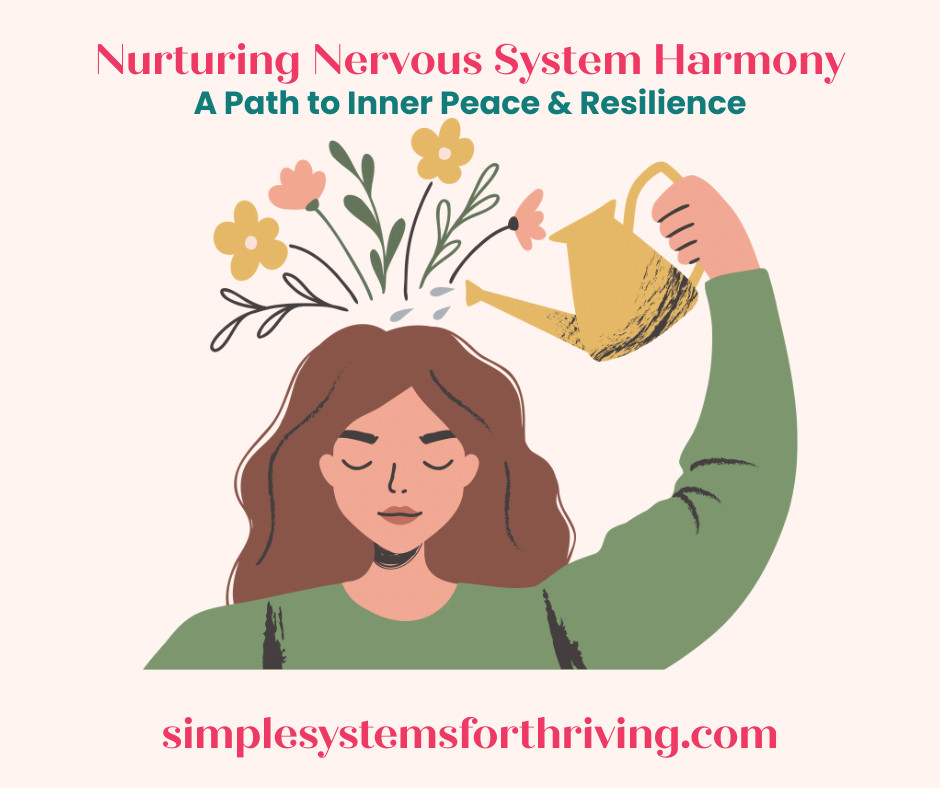
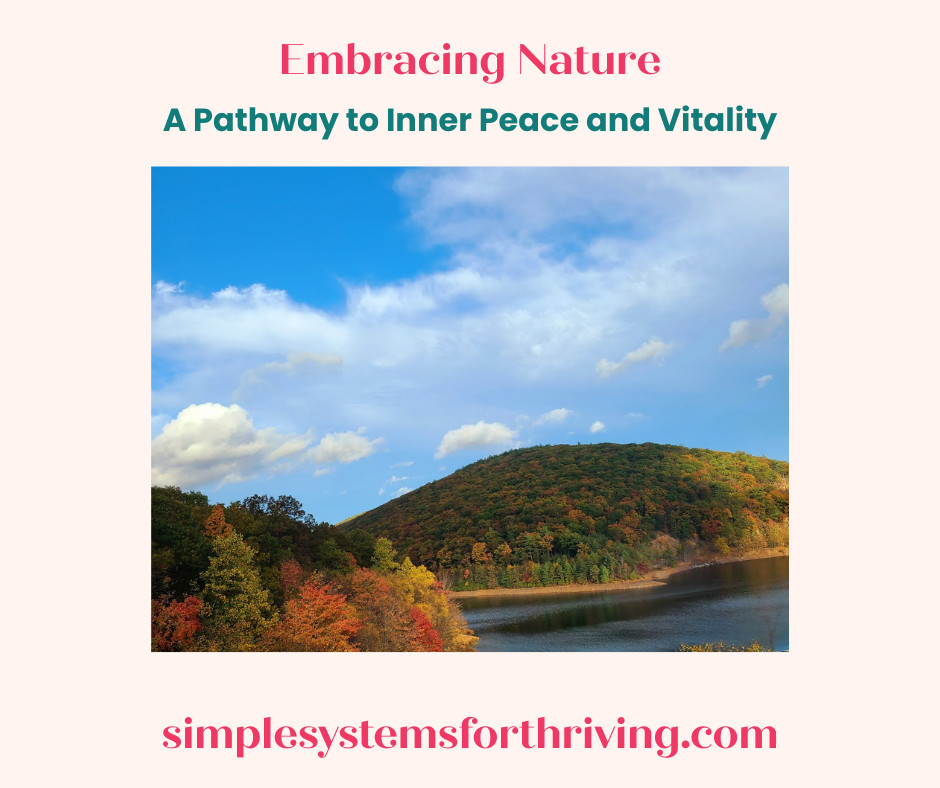
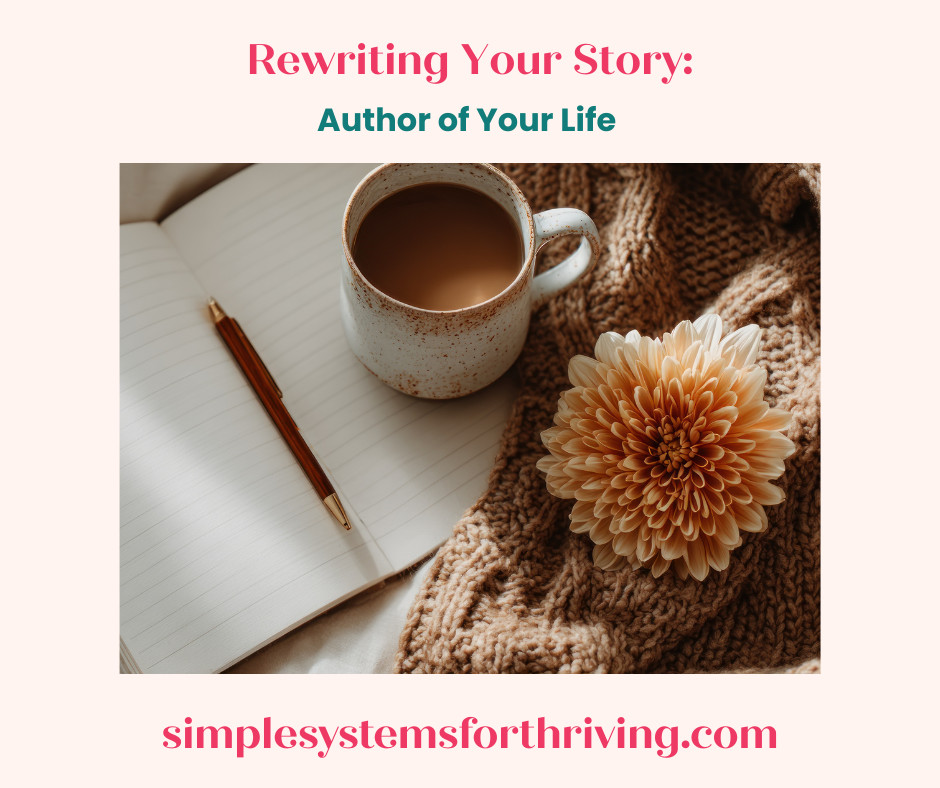
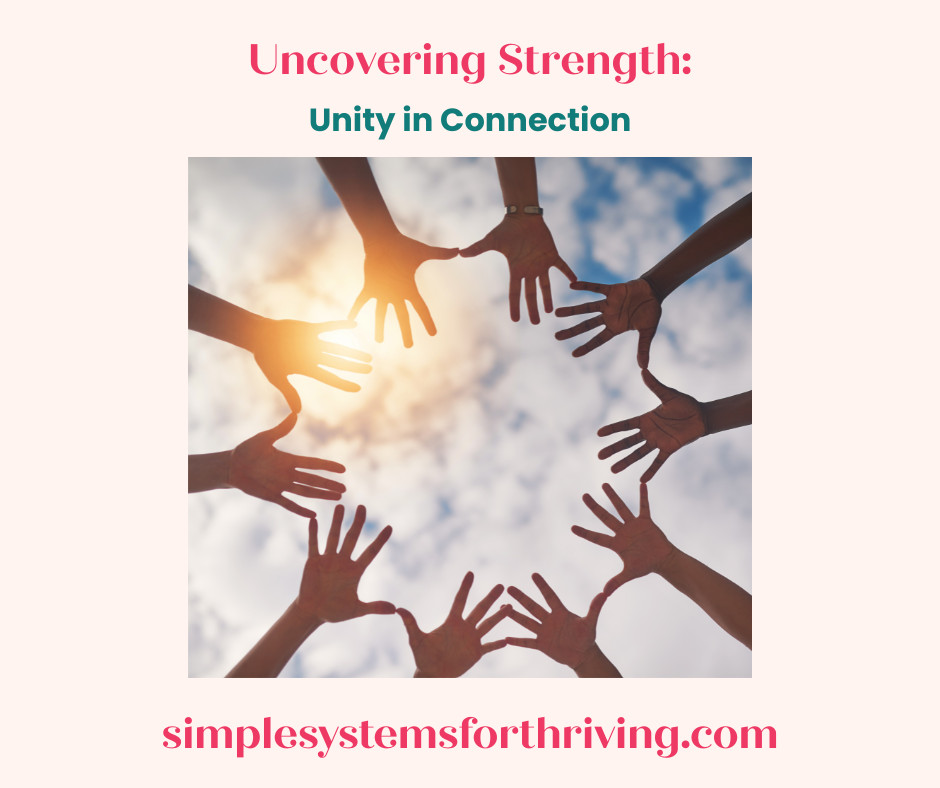
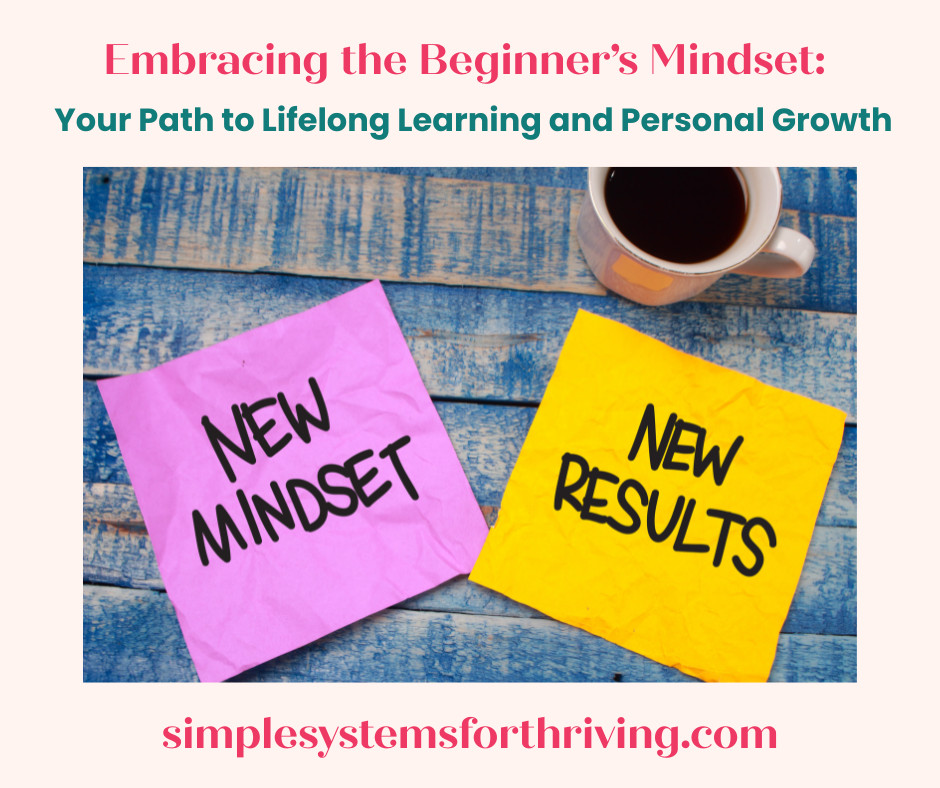





0 Comments